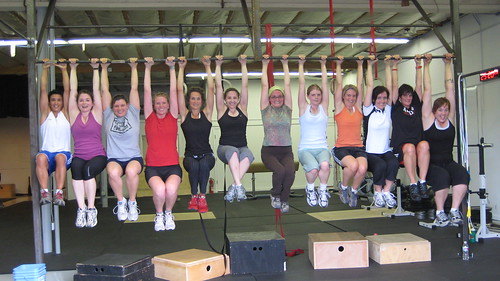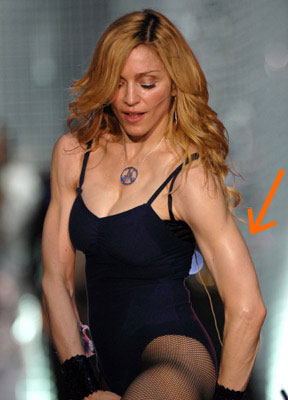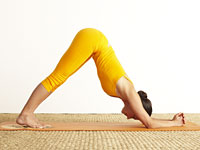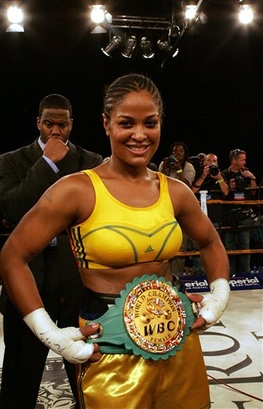As individuals, we are each of us a unique set of desires and wishes, fantasies and motivations. Your gender identity, your sexual contacts, your sensual expressions notwithstanding, there is also a little matter of what smokes your shorts, what turns you off, what's safe and what's available, what's not at all worth it and what now looking back was a mistake.... All this makes it seem, and perhaps rightly so, that human sexuality is a many splendored and highly complex topic. However that shouldn't stop anyone from owning and enjoying their own. And speaking of it in the matter of fact tone it deserves as an integral component of you being a person.
So, whether your currently express your sensual side by sleeping on silk sheets all by your lonesome, or whether you are madly hot for your wife and can hardly hold yourself back, or whether you are a porn star or a contentious abstainer, fine fine fine... just know your own self and apply appropriate guidelines and boundaries according to your own heart and soul. And if you're not experienced or confident enough to do that, will you at least take care of your own sexuality by reading up on it a little?
Here are some leads to help you educate yourself instinctively and intellectually on the deep topic of booty and gettin' some. Or not. Same thing with babies, sexually transmitted diseases, and boyfriends. Some things will work better for you than others.
Pick One Thing: Sexuality
The Centers for Disease Control and Prevention (CDC)offers a host of topics on their website under the heading "Sexual Health." I like that. They provide a definition based on one adopted several years ago by the World Health Organization:
Sexual health is a state of physical, emotional, mental and social well being in relation to sexuality; it is not merely the absence of disease, dysfunction or infirmity. Sexual health requires a positive and respectful approach to sexuality and sexual relationships, as well as the possibility of having pleasurable and safe sexual experiences, free of coercion, discrimination and violence.I like that too. Covers all manner of makin' whoopie, from the consenting, adult perspective. If you Pick One Thing to focus on regarding you sexual health, I would use this definition to do an honest assessment of this part of your being. I know, I, for one, have not always experienced optimum sexual health. Not because of disease or dysfunction, but because of poor choices or disregard for my real feelings. I was younger than then now, of course, but for many people, life stages bring all sorts of challenges and new information to consider when it comes to sexuality.
The World Health Organization (WHO) offers a global view with research studies and publications to help broaden your view of all the things that might affect you, or be important to you or someone you know, concerning sexual AND reproductive health.
Reproduction is a whole other element of sexual health that many people I know have worked very hard on. We can see, the medical field and researchers are clearly on it. Healthcare understands that people want healthy pregnancies and babies. If this is your current quest, you probably already know as much as many of the doctors advising you. It can be almost all-consuming to some folks. But it's important. So, I share with all of you, this website, which I hope you'll find of interest or pass it on: WHO Sexual and Reproductive Health
And finally, there's Sensuality. For some of us, this will be easier. For others, clues will be required. That's alright, there's no one kind of sensuality. Look at the word. The root word is sense. You've got senses; you know what smells great to you, what tastes divine, what feels like heaven and looks like a dream. Whatever makes you feel fabulous, that's your sensuality right there, and that's why each person's is unique. You scratch my back, I'll tickle your feet...that sort of thing, there's something for everyone. It's nice when you're aware of your own.
Sensuality is an extension of the senses we all have, but as an outpost, it can sometimes be diminished, overlooked, neglected or forgotten about all too easily. Go out there this week and visit with yours, okay? Red pumps or red lips or a redhead; or a big bowl of romance topped with red sauce and meatballs.
Don't limit your view or label your expectations. Sensuality isn't as difficult as many people make it: whatever it is to you, it's already in there. Here's a terrific read on the topic on the Beautiful Women blog. (Men will get something out of it, too.) I've always said, "We choose to be inspired." I could add, "We choose to be aroused." Wellness includes all your senses. Enjoy yourself.







 Now, never mind all that. There is PLENTY you can do with your arms to help them be all that they can be. And you should do plenty, because the results always show and they look so good. I’ve polled a bunch of fitness-minded friends and found out what they like about arms, how they prefer to take care of their arm strengthening and shaping, and I’ve added a few of my own favorite approaches as well.
Now, never mind all that. There is PLENTY you can do with your arms to help them be all that they can be. And you should do plenty, because the results always show and they look so good. I’ve polled a bunch of fitness-minded friends and found out what they like about arms, how they prefer to take care of their arm strengthening and shaping, and I’ve added a few of my own favorite approaches as well.

